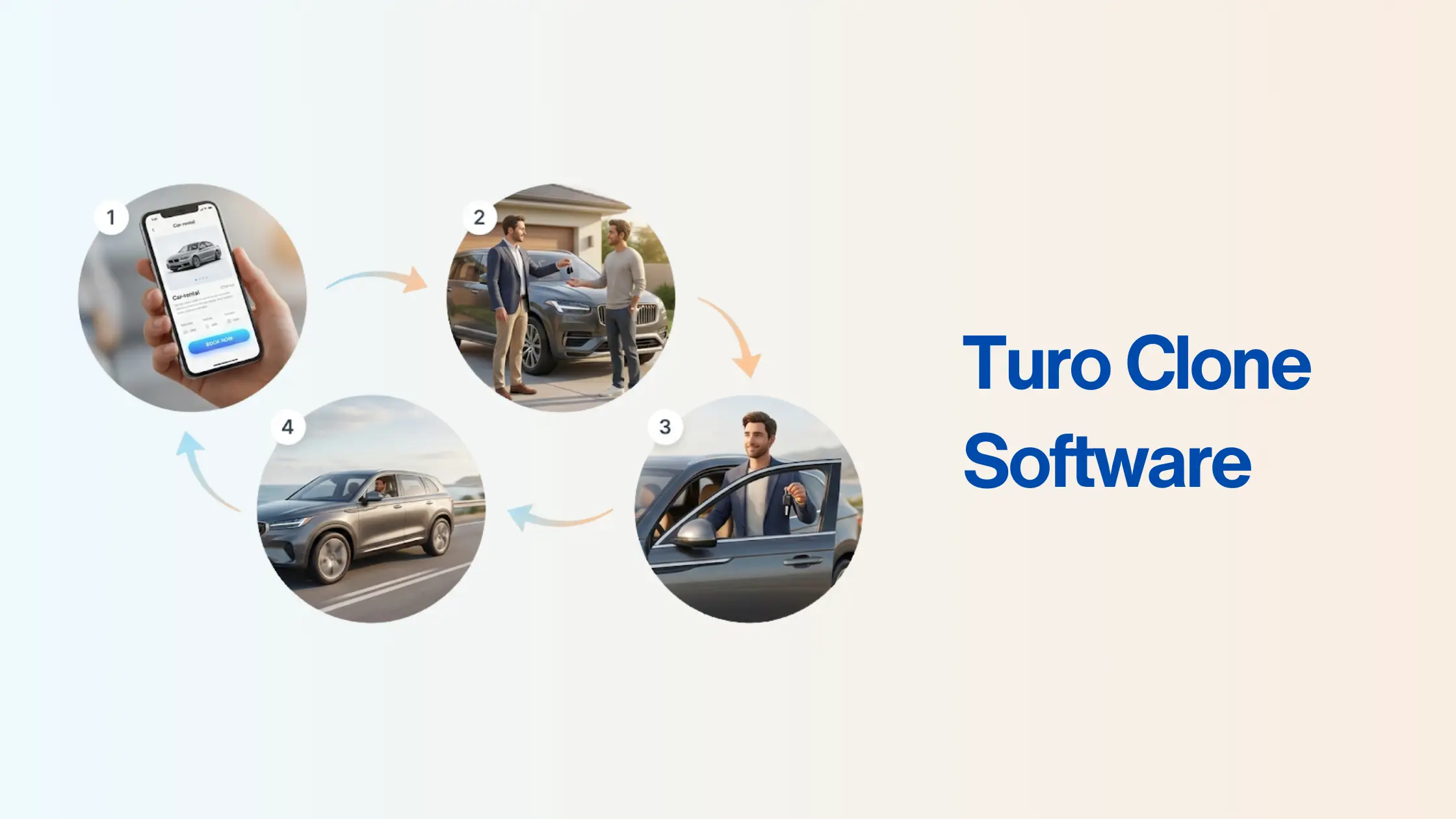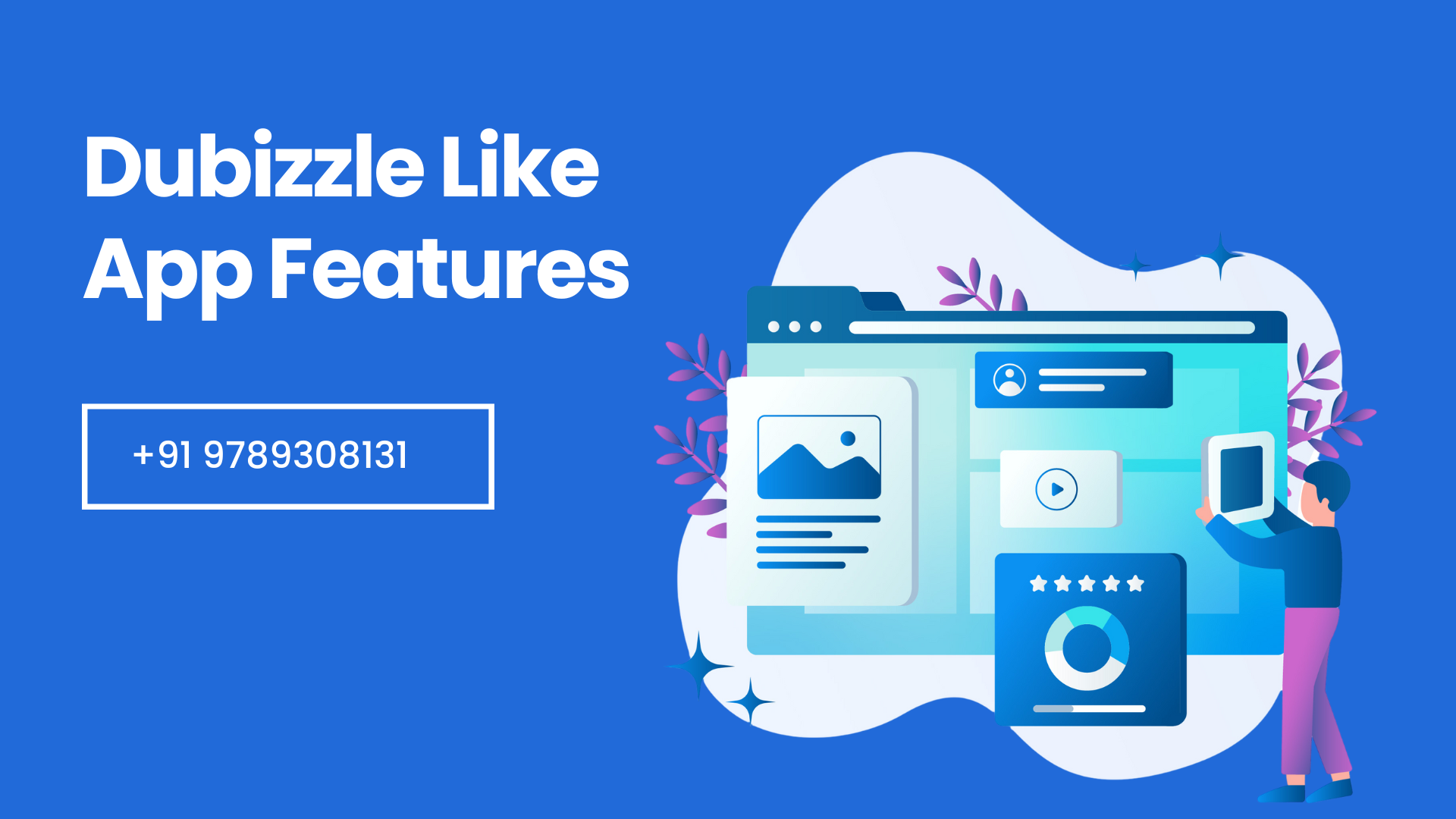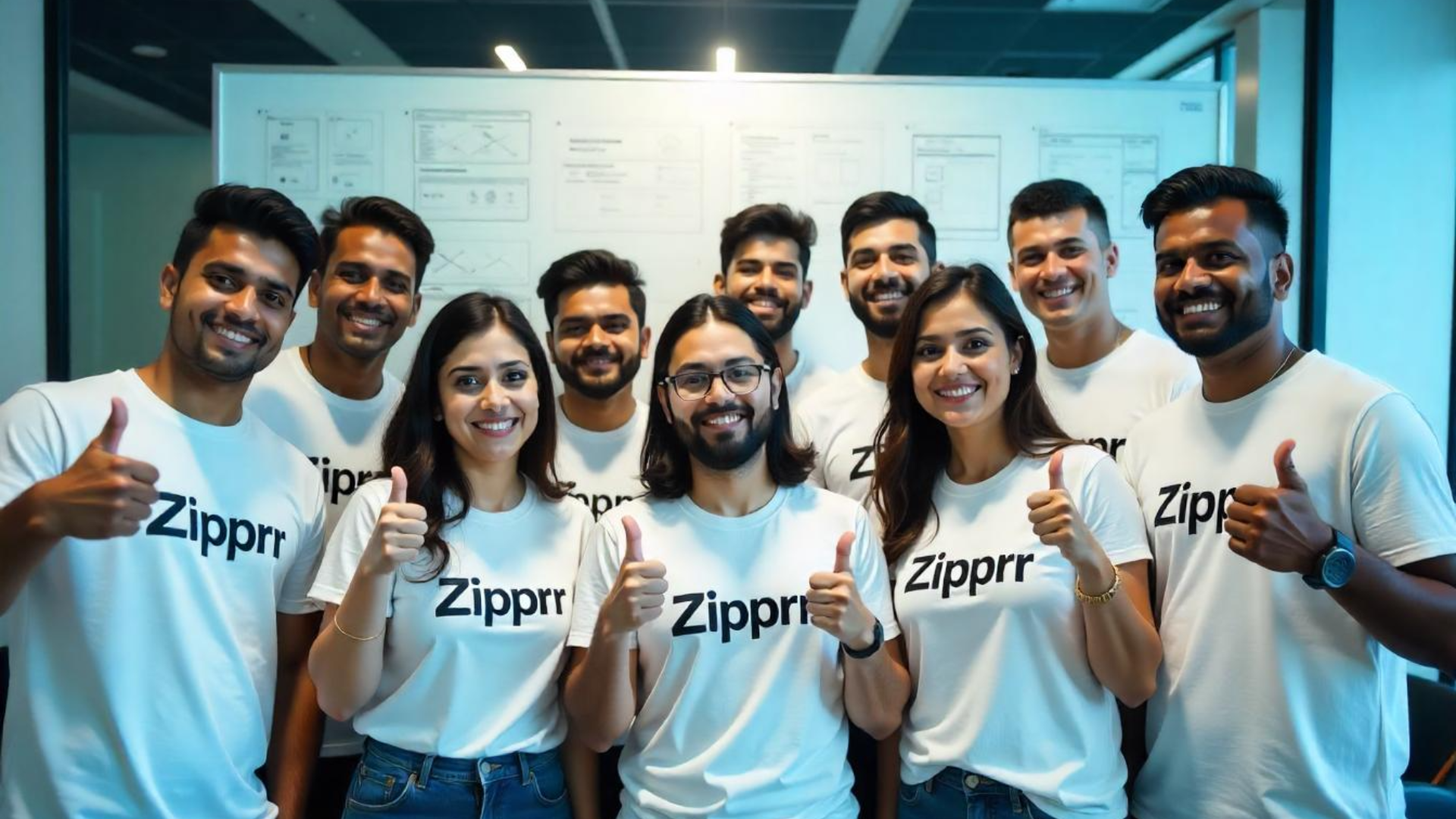Secondhand and thrift clothing apps like Poshmark have absolutely exploded onto the scene in recent years. Driven by millennial and Gen Z buyers looking for affordable, sustainable fashion, the online resale market is projected to hit $51 billion by 2023 according to ThredUp.
Leading the way in this booming industry is Poshmark. Since launching in 2011, they’ve built an incredibly popular marketplace for buying and selling used clothing and accessories. Poshmark makes the process incredibly easy for sellers to list items while creating a fun, social experience for buyers.
The numbers speak for themselves – Poshmark has grown to over 70 million registered users and processes 4 million orders per month! Their success has caught the eye of investors, resulting in over $160 million in funding and a valuation of over $1 billion.
So for entrepreneurs and developers looking to tap into this high-growth opportunity, building a similar peer-to-peer resale marketplace seems like an obvious winning idea.
In this guide, we’ll dive into everything you need to know to build a successful Poshmark clone app and claim your share of the booming resale fashion market…
Understanding the Market Opportunity
To determine if building a Poshmark-like website is the right move for you, it’s important to fully understand the size and potential growth of the market. Here are some key statistics on the current state of the online resale industry:
- The secondhand apparel market reached $28 billion in 2019, growing 21x faster than the broader retail clothing sector according to ThredUp.
- By 2023, the used clothing market is forecasted to double in size, reaching $51 billion according to GlobalData. Driving this growth is Gen Z and millennials – over 90% have or are open to shopping secondhand.
- Compared to traditional brick-and-mortar thrift and consignment stores, online platforms for secondhand clothing are seeing rapid adoption and growth. In 2019, just 9% of resale shopping took place online, presenting a huge opportunity as more consumers shift to e-commerce apps.
It’s clear that secondhand clothing is winning over a new generation of buyers with its affordable pricing and focus on sustainability. And the advantages that online peer-to-peer platforms offer include:
- A significantly wider selection of inventory compared to single physical stores.
- More convenient shopping experience for buyers from anywhere.
- Provides sellers with an easy way to unload unwanted items.
- Enables niche communities like sneakerheads, streetwear brands, etc.
For entrepreneurs, these trends signal enormous potential both now and for the foreseeable future. Now let’s look at how to execute this opportunity…
Key Features of a Poshmark-Like App
The key to building a successful peer-to-peer resale marketplace lies in truly understanding the needs of both buyers and sellers, then translating those needs into robust app features. Based on Poshmark’s model, here are some of the most essential elements to include:
For Sellers
For those looking to sell their unwanted clothes and accessories, convenience and ease of use are absolutely paramount. Key seller features include:
- Easy listing creation: Listing an item for sale should take less than 60 seconds. Simply snap some smartphone photos, enter a title, description, and price – that’s it!
- Photo uploads: Allow multiple high-quality photos showcasing details like fabric, fit, etc. This builds buyer confidence.
- Virtual “Posh Parties”: These real-time shopping social events drive engagement. Sellers can upload new listings and buyers can browse and shop.
- Shipping handled: Take the hassle out of fulfillment. The platform handles pre-paid shipping labels, tracking, etc. behind the scenes.
- Sales and payout tracking: Provide easy visibility into sales activity, pending shipments, and payout timelines. Automate payouts upon delivery.
By handling all of the friction, your app allows sellers to focus on sourcing and listing great items efficiently. The more you can streamline the process, the greater share of sellers’ closets you can unlock.
For Buyers
On the buyer side, you’ll need features tailored to the unique browsing and purchasing behaviors of secondhand e-commerce:
- Browse and search listings: Make it easy to explore items, by filtering by category, brand, size, price, and keyword search.
- Curated recommendations: Suggest relevant listings based on past purchases and browsing history. Can boost engagement.
- Social features: Let buyers follow sellers, share listings, post photos of purchases, etc. Fosters community.
- Secure payments: Offer preferred payment options like credit card, PayPal, and Apple Pay. Ensure the platform is fully PCI compliant.
- Seller reviews: Build trust by allowing buyers to rate and review sellers on criteria like item accuracy, shipping speed, and responsiveness.
- Return Process: For problematic items, provide a way for buyers to request a return and receive a refund if deemed eligible.
Thoughtfully designed flows and features tailored specifically to secondhand e-commerce will help your marketplace stand out from broader platforms like eBay and generic apps.
Developing a Marketplace App Like Poshmark
With a deep understanding of your users and the key capabilities you need to build, it’s time to dig into the process of actually developing your app. Here are the essential steps every successful Poshmark competitor will need to take:
1. Conduct Competitor Research
Before a single line of code is written, comprehensively evaluate established apps like Poshmark, Depop, ThredUp, and more. Analyze:
- Their user experience and feature set – What resonates with users? Where is there room for improvement?
- Marketing and growth strategies – How are they acquiring users? Spreading awareness?
- Monetization models – What revenue streams are working well? What monetization opportunities are untapped?
- Funding and traction – How much funding have they attracted? How quickly are they scaling?
This competitive analysis will point the way toward unmet user needs and gaps you can fill with your own app.
2. Define Your Target Audience
Get ultra-clear on who you want your prime app users to be. Compile demographic information like:
- Age ranges
- Income levels
- Geographic concentrations
- Gender
- Fashion styles and preferences
Further understand their psychographics – what motivates them, where they hang out online, what brands they associate with, etc.
This intimate knowledge of your ideal user will help shape an app catered directly to their preferences.
3. Determine Core Features
With your user research complete, prioritize the features that seem critical vs. those that may be “nice-to-haves” down the line.
Consider:
- Must-have capabilities needed for launch
- Features that solved pain points flagged in your research
- Areas where competitors are lacking
Resist feature creep and keep the MVP scoped to essentials like seller listings, browsing/searching, community engagement, and seamless payments.
4. Choose Technology Stack
Now it’s time to map out the optimal technology stack and architecture for building your app. Key decisions include:
Front-End
- Native iOS and Android apps or cross-platform frameworks like React Native?
- Design system and component libraries like Material Design
Back-End
- Node.js, Ruby on Rails, or other server-side language
- MySQL, MongoDB, or other database for storing listings and user data
- Amazon S3 for storing images
- Payment processing integration like Stripe or Braintree
Infrastructure
- Cloud platforms like AWS, and Google Cloud for scalable hosting
- Container tech like Docker for smooth deployments
- CI/CD pipeline tools
Take time to carefully weigh the tradeoffs of different stacks to arrive at an optimal tech architecture.
5. Wireframe and Prototype
Now translate planned features into low-fidelity app layouts and workflows. Focus first on static wireframes, then clickable prototypes.
This allows for rapidly validating and refining user experience before investing in visual design. Make sure flows and information architecture feel intuitive based on user expectations.
With prototypes, you can even conduct usability tests to gather feedback and uncover issues.
6. Design Visual Branding and UX/UI
With user flows nailed down, it’s time to design the visual brand identity and high-fidelity UI:
Brand Identity
- Style guide including logo, colors, and fonts that resonate with your audience
- Consistent branding across app, website, and marketing assets
UI Design
- Polished screens for each step of user journeys
- Clean, uncluttered layouts optimized for mobile
- Illustrations and branding elements to engage users
Focus on quality visual design from day one, as it has a major impact on adoption and retention.
7. Set Up Robust App Architecture
While designers start laying out screens, your developers work in parallel to build out a robust backend architecture:
- Scalable server infrastructure on AWS/Google Cloud
- Relational database for structured user and listing data
- Blob storage like S3 for unstructured image data
- Clear API design for front-end consumption
- Queuing for asynchronous tasks like image processing
- Caching layers to optimize performance
- Modular components for maintainability
Take the time upfront to carefully model data structures and craft an evolvable architecture.
8. Build Out a Feature Set
With UX design and backend scaffolding in place, developers can start bringing screens and features to life:
- Collaboratively build out the application logic
- Integrate 3rd party APIs like payments, shipping, etc.
- Ensure performance and security best practices
- Implement logging and monitoring
- Enable beta trial and user testing capabilities
Move iteratively through road-mapped priorities. Gather continuous user feedback to refine flows and features.
9. Conduct Rigorous Testing
Before launch, apps must run the gauntlet of rigorous internal testing:
Quality Assurance Testing
- All flows tested manually on real devices
- Every use case covered through test cases
- Meticulous bug fixing until no major issues remain
Security Testing
- OWASP’s top 10 vulnerabilities evaluated
- Hire firms to penetration test and surface other risks
- Remediate all medium+ severity findings
Performance Testing
- Simulate production usage levels and data amounts
- Address any latency or scalability bottlenecks
Plan for 1-2 months of intensive testing to catch the inevitable bugs and edge cases.
10. Plan Go-to-Market Strategy
With a high-quality app ready, it’s gone time! Promote far and wide to drive visibility and adoption:
- Craft a marketing plan and budget
- Build a promotional website and assets
- Pursue PR articles in relevant online media
- Run targeted social media and search ads
- Onboard influencers and ambassadors
- Evaluate paid user acquisition channels
- Submit to app stores for featured placements
Monitor KPIs closely to double down on what works and optimize what doesn’t. With persistence, you’ll gain the critical mass needed to compete long-term.
Conclusion and Next Steps
Building a breakout app in the rapidly growing secondhand clothing space provides incredible business potential. As platforms like Poshmark have demonstrated, the opportunity is massive.
Success lies in deeply understanding your users, offering a tailored experience, and flawlessly executing development and go-to-market plans. It takes thorough planning, smart technology choices, and tenacious marketing.
But businesses that get the formula right stand to reap outsized rewards in this booming industry.
For aspiring entrepreneurs evaluating this opportunity, you now have a comprehensive blueprint to follow. The next step is to find an experienced app development partner up for the challenge. Look for technical expertise, proven methodologies, and an alignment with your vision.
Imagine the possibilities if even a fraction of the $51 billion secondhand clothing market flows through your app! With a successful launch, you too can build a billion-dollar business and disrupt fashion commerce as we know it.
Let the journey begin…










